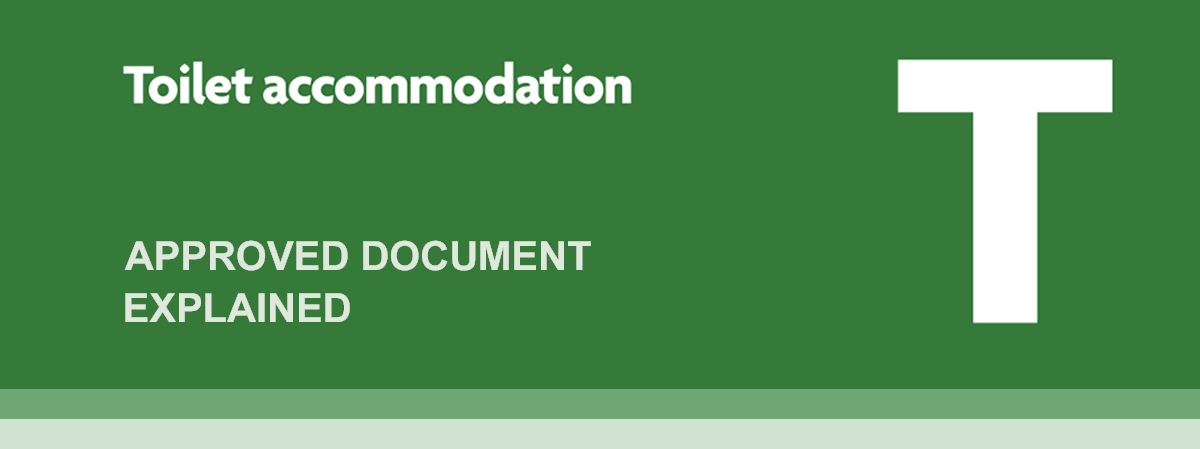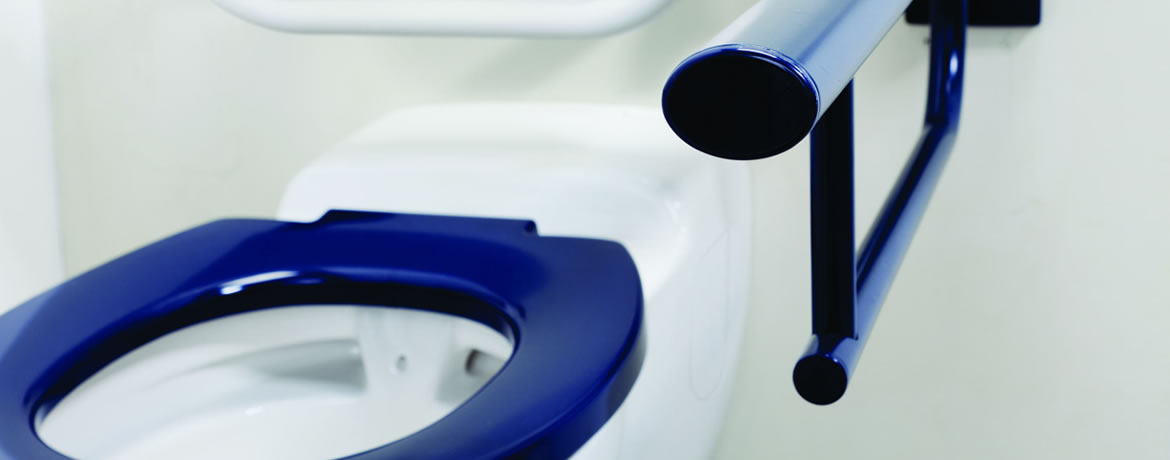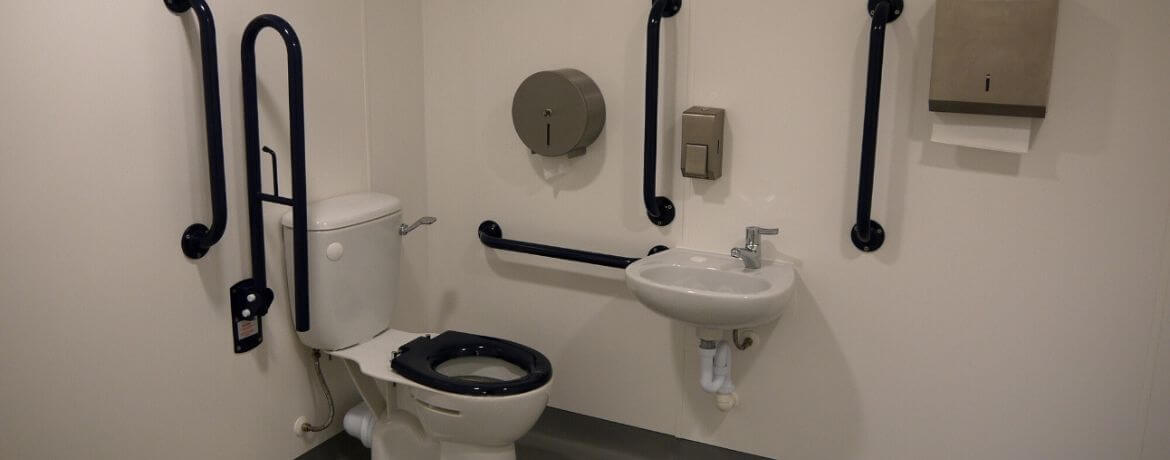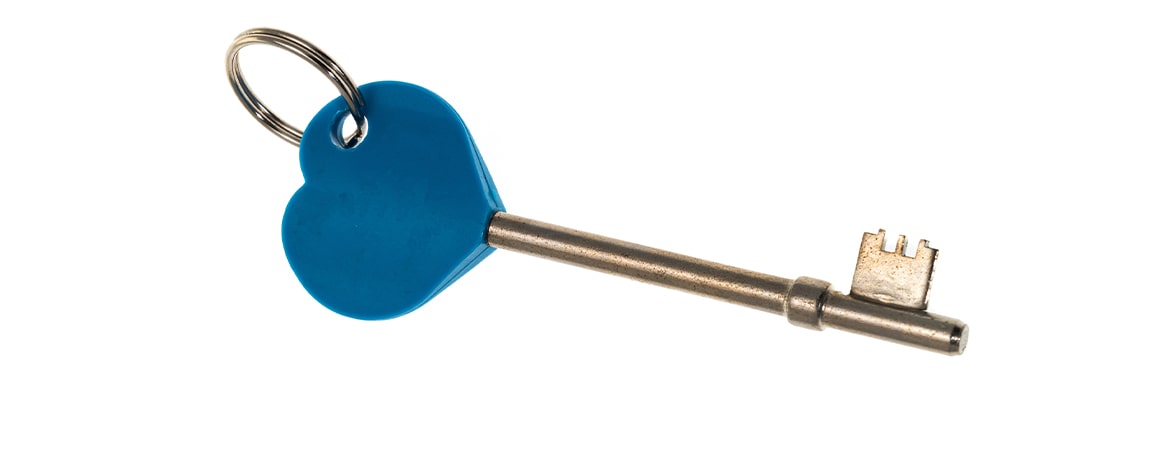Approved Document T (Doc-T) Amendments – what do they mean?

In the UK, "Doc M" refers to Approved Document M of the Building Regulations, which provides guidance on ensuring accessibility and ease of use in buildings, particularly concerning sanitary facilities for disabled individuals.
This document outlines the design and installation requirements for accessible toilets, commonly known as "Doc M" toilets.
"Doc T" which came into effect on October 1st 2024 refers to Approved Document T, which focuses on the design and layout of toilet accommodation in buildings.
This document provides technical guidance on the design and layout of universal toilets, ambulant toilets, and toilet cubicles, ensuring they meet the necessary standards for accessibility and usability - Doc T Toilets.
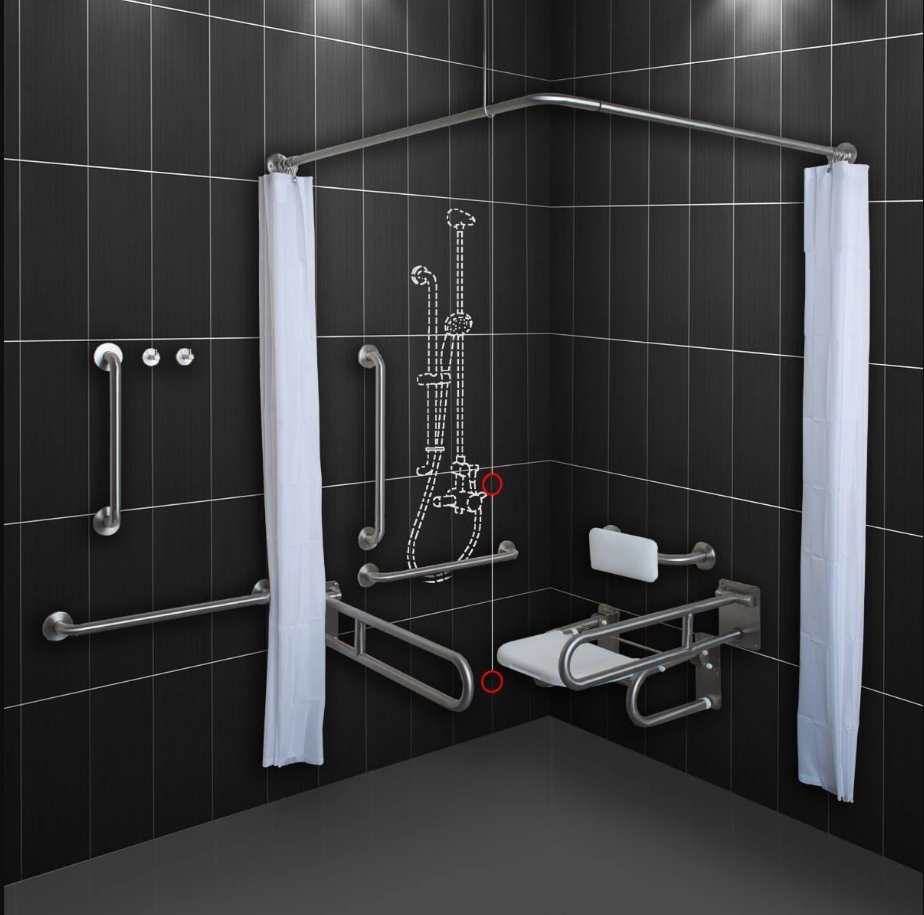

Overview of differences between Doc M and Doc T
The primary difference between Doc M and Doc T specifications lies in their focus areas:
- Doc M: Concentrates on accessibility and usability for disabled individuals, providing detailed guidance on the design and installation of accessible toilets and associated facilities.
- Doc T: Focuses on the general design and layout of toilet accommodations, including universal and ambulant toilets, ensuring they meet the necessary standards for all users.
Both documents are essential for ensuring that buildings in the UK are designed to be inclusive and accessible to all users.
Doc T Amendments
Key Provisions of Approved Document T:
Single-Sex Toilet Facilities: The document mandates the provision of separate male and female toilet facilities in non-residential buildings. These facilities should include shared or individual hand-washing amenities.
Universal Toilets: In addition to single-sex toilets, fully enclosed universal toilets (usable by any gender) can be provided where space allows. If space constraints prevent the provision of single-sex facilities, universal toilets should be installed.
Toilet Types Defined: The document outlines specific types of toilet accommodations:
- Type A: Fully enclosed self-contained ambulant universal toilet and Superloos.
- Type B: Fully enclosed self-contained universal toilet.
- Type C: Ambulant single-sex toilet cubicle (not self-contained).
- Type D: Single-sex toilet cubicle (not self-contained).
Exemptions: The requirements do not apply to:
- Dwellings.
- En-suite facilities in individual rooms for residential purposes and care homes.
- Schools.
- Premises used for early years provision.
- Cellular accommodation in custodial facilities.
Inclusive Design: The document emphasizes the importance of inclusive design, ensuring that toilet facilities are accessible to all individuals, regardless of ability, age, or sex. Guidance on the provision of wheelchair-accessible unisex toilets and facilities for ambulant disabled individuals is provided in Approved Document M, Volume 2.
Management of Premises: While the Building Regulations do not impose requirements on the management of a building, they assume proper management practices, including the maintenance of sanitary facilities, cleanliness, and restocking of supplies.
By adhering to the guidelines in Approved Document T, designers and architects can contribute to creating inclusive and accessible facilities in new non-residential buildings and structures undergoing significant changes, promoting equality and ensuring that everyone has equal access to essential amenities.
Where do I start with an Accessible Toilet Design?
If you are unsure how to apply the new Doc-T regulations in your Washroom Design, please contact our Commercial Washroom Design Team for advice without obligation.
For more details on our specific Document T Accessible Toilet Refurbishment Service, click the link.
You can also use our intuitive Accessible Toilet and Washroom Design Tool and then send us the design to quote on.
Frequently Asked Questions:
Q: Does the 'T' in Doc T stand for Toilet?
A: No - Doc T is the next available letter in the sequence of Regulations and is coincidental.
Q: What is Approved Doc T?
A: Approved Document T details the size, layout, fittings, and equipment for universal toilets, ambulant toilet cubicles, and single-sex toilet facilities in the England
Q: When does Approved Doc-T come into effect?
A: Approved Document T takes effect on 1 October 2024 for use in England
Q: How do I design an Accessible Washroom?
A: You can use our Accessible Washroom Visualiser or contact our Design Team for no obligation advice.
Further Reading:
Changing Places Toilets - what you need to know.


